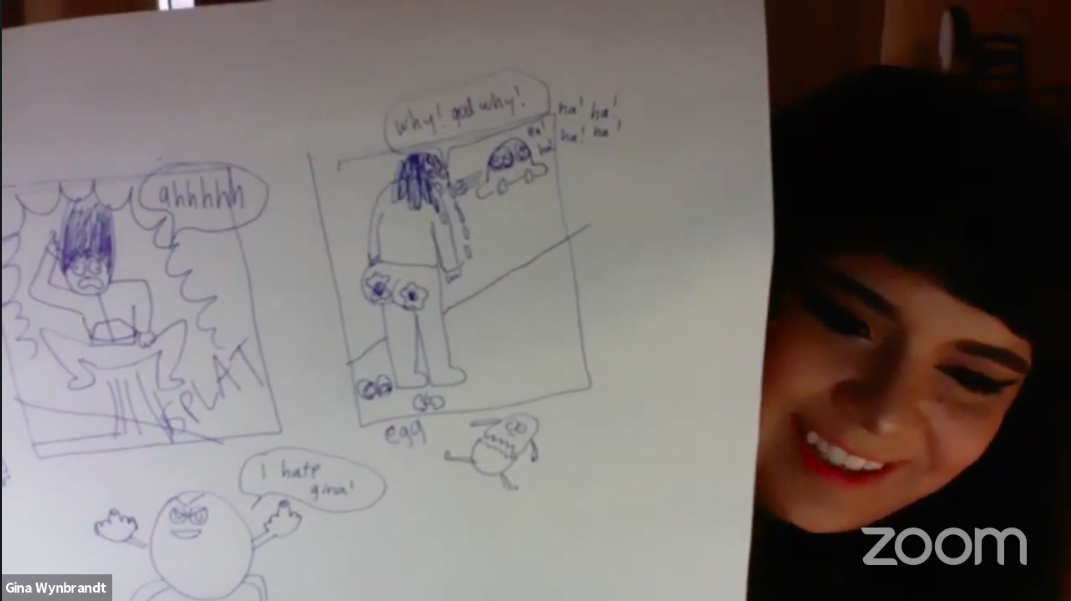
Transform an embarrassing story into an engaging comic with Gina Wynbrandt. You can pick up a copy of Gina’s book Someone Please Have Sex With Me from our friends at Bookshop, where proceeds will help benefit The Believer and independent bookstores.
Watch the video of the livestream below, and follow these steps to make your own embarrassing comic.
For this workshop, you will need paper and something to draw with.
Why tell an embarrassing story?
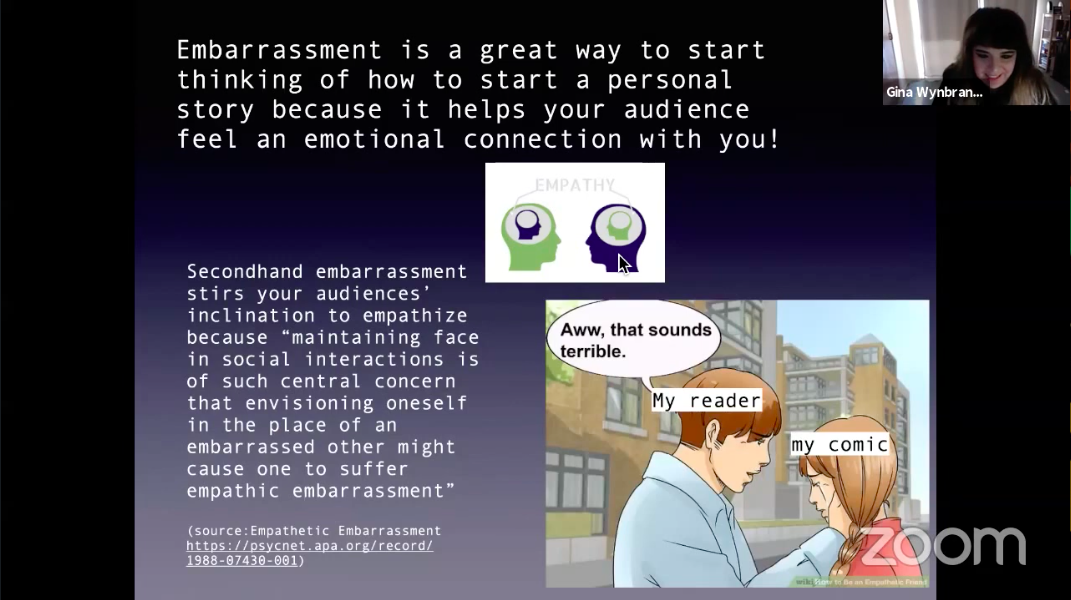
When you use embarrassment in personal storytelling, it helps readers form an emotional connection with you and your work. Everyone can relate to stories of embarrassment or humiliation.
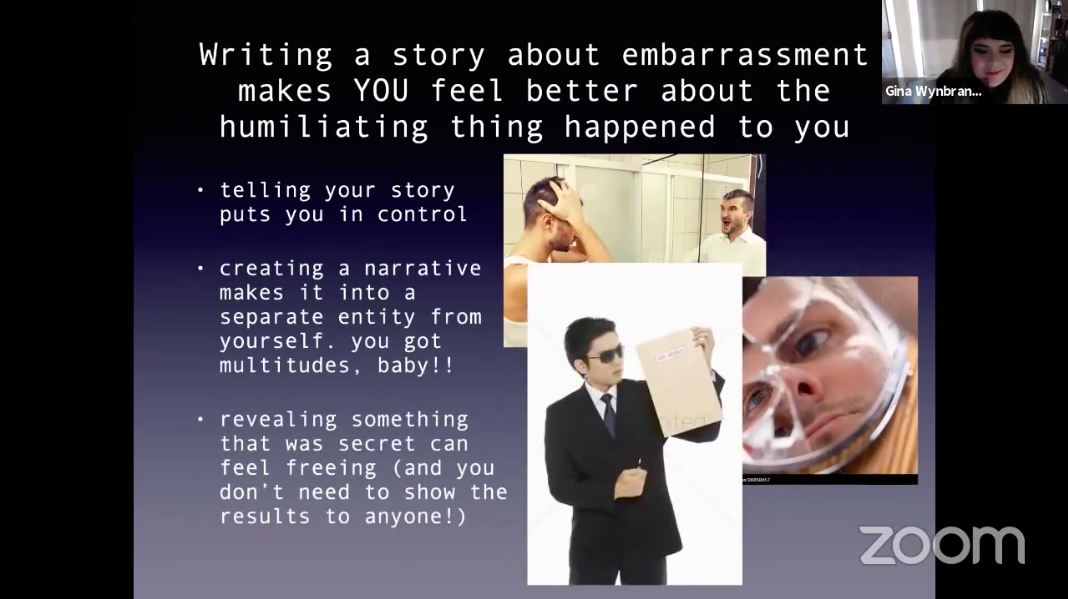
Telling a story about an embarrassing experience can help you feel better about it. You are in control of the narrative, you can distance yourself from the incident, and it can be as simple as getting it off your chest— you don’t have to show the results to anyone!
Types of embarrassment:

1: Privacy violation. For example: a part of the body is accidentally exposed, or there is an invasion of space, property, or information that may be warranted to privacy.

2: Lack of knowledge or skill. For example: forgetfulness, or experiencing failure while performing a relatively easy task.
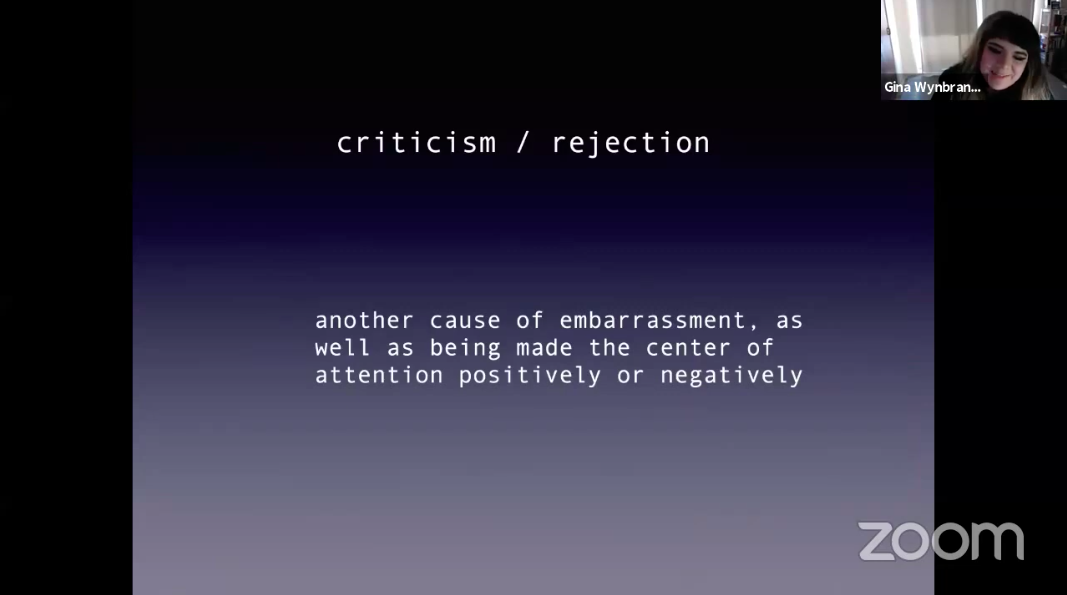
3: Criticism and rejection. Being the subject of criticism or rejection can cause embarrassment, and can also make you the center of attention, positively or negatively.
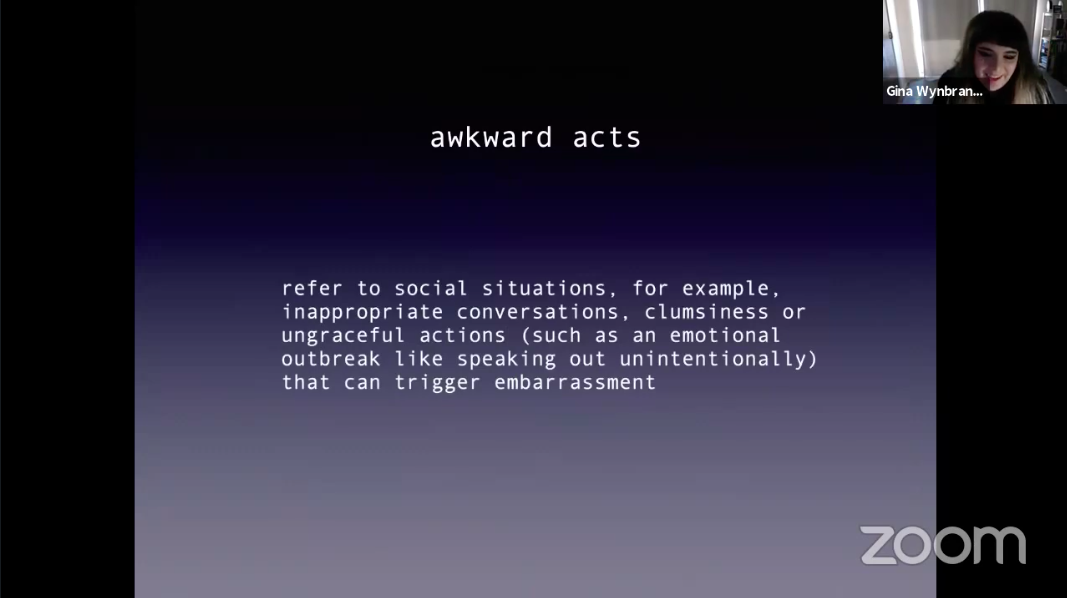
4: Awkward acts. This refers to social situations. For example: inappropriate conversations, clumsiness, or ungraceful actions (such as speaking out unintentionally).
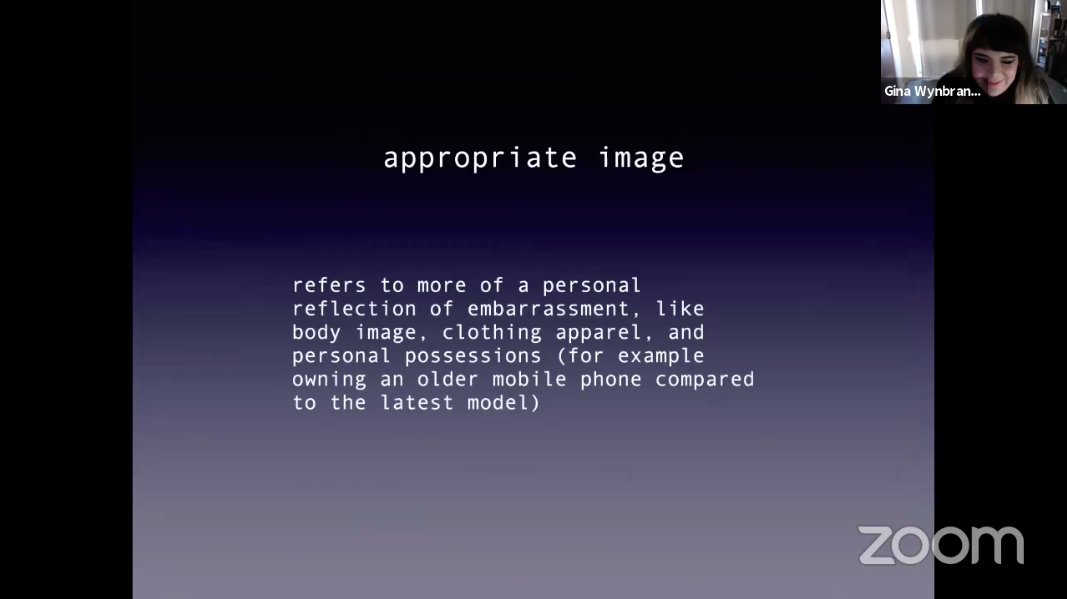
5: Appropriate image. This refers to a more personal kind of embarrassment. For example: body image, clothing, and personal possessions (like owning an older mobile phone compared to the latest model).

6: Environment. For example: an unexpected occurrence of nudity in a film might make an individual embarrassed if they are in a movie theater with their parents, other family, co-workers, or mixed-company peers.
To draw your embarrassment:
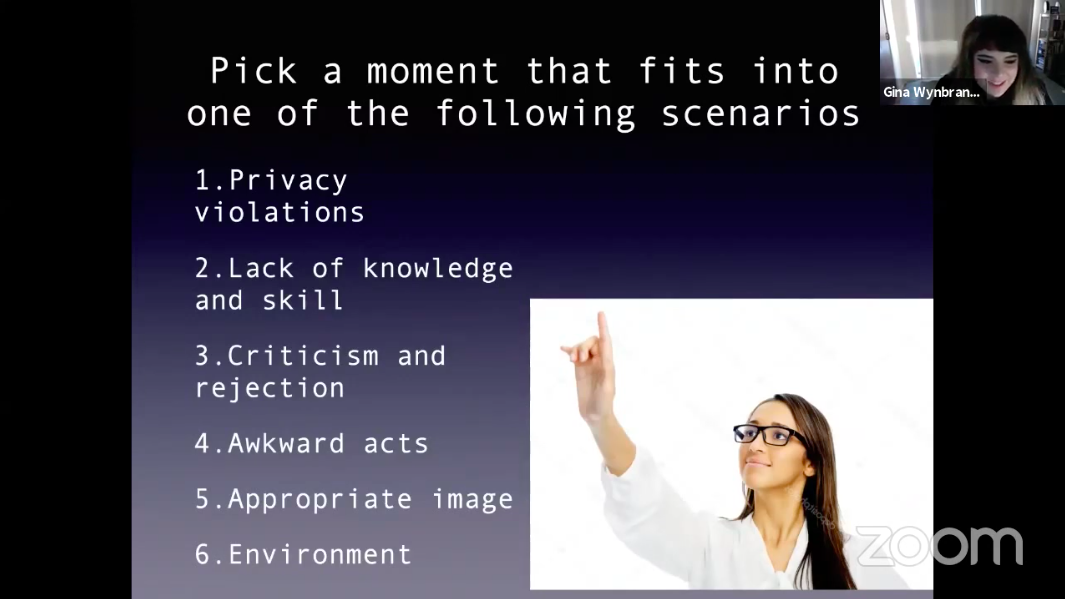
Step 1: Choose a story to tell that fits one of the kinds of embarrassment discussed above.

Step 2: Draw three or four panels on your paper for your story.

Step 3: Use each of your panels to tell a different part of the story. For example, the classic structure would be: set up the normal situation, then introduce the social violation (the incident and then its effects if you have four panels to work with), and then reach a conclusion.
Gina’s tip: It’s okay to start with a very loose sketch while you plan out each panel’s contents!
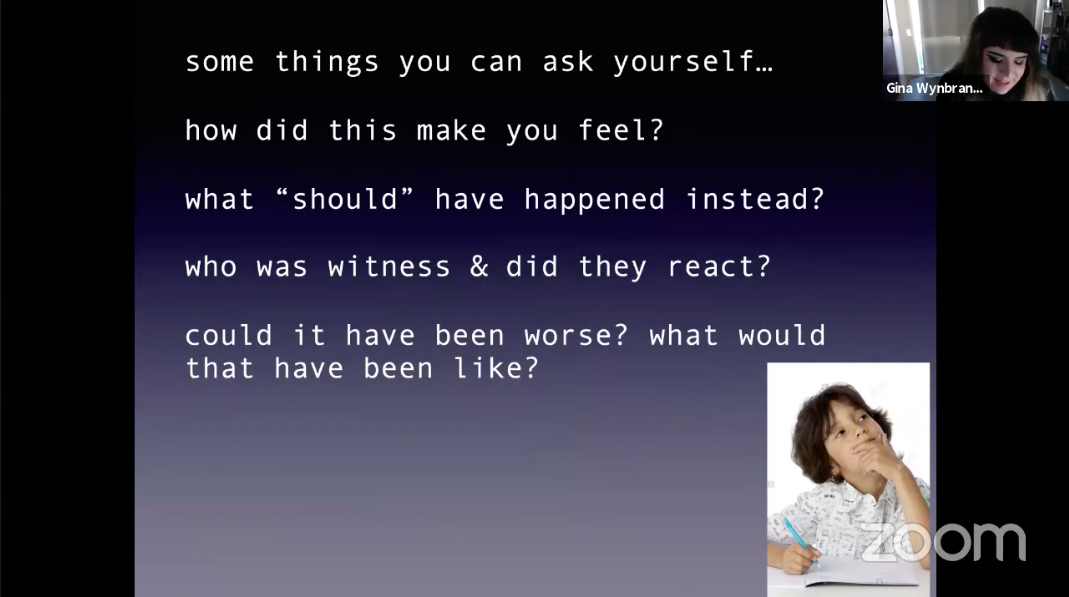
Questions to ask yourself while drawing the story:
1: How did this make you feel?
2: What “should” have happened?
3: Who was witness and did they react?
4: Could it have been worse? What would that have been like?
We’d love to see your embarrassing comic! Post it to social and tag @believermag and @wynbr.
This workshop was supported in part by Zappos.




